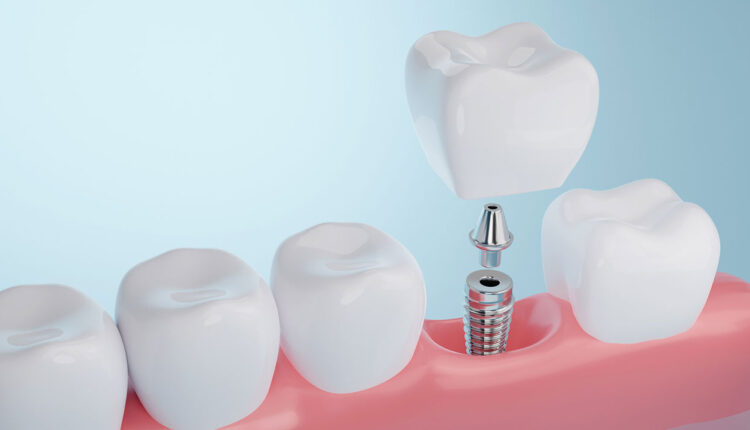
The Key to Long-Term Implant Success
Dental implants boast a high success rate but biological complications like peri-implant disease are common. Early detection through regular maintenance and risk management, such as controlling plaque and addressing periodontal history, can help ensure implant longevity.
The long-term success and survival rates of dental implants are higher than 95%.1 Despite these favorable rates, biological and mechanical complications are common. Early identification and correction of these complications can help ensure long-term survival and success of the prosthesis and implant. Compliance with peri-implant maintenance therapy allows for this early detection and effective management of complications.
Biological Complications
All implants — regardless of restoration type — are susceptible to the biological complication of peri-implant disease. Three proven risk factors have been noted for the development of peri-implant disease:
- History of periodontitis
- Plaque accumulation
- Lack of compliance with supportive peri-implant maintenance.2–4
Other risk factors with less conclusive evidence but clinically relevant include smoking, retained cement, overcontoured restorations, open contacts, and inadequate keratinized tissue and tissue thickness around an implant.5-11
References
- Buser D, Sennerby L, De Bruyn H. Modern implant dentistry based on osseointegration: 50 years of progress, current trends and open questions. Periodontol 2000. 2017;73:7-21.
- Roccuzzo M, De Angelis N, Bonino L, Aglietta M. Ten-year results of a three-arm prospective cohort study on implants in periodontally compromised patients. Part 1: implant loss and radiographic bone loss. Clin Oral Implants Res. 2010;21:490-496.
- Roccuzzo A, Stahli A, Monje A, Sculean A, Salvi GE. Peri-implantitis: A clinical update on prevalence and surgical treatment outcomesJ J Clin Med. 2021;10: 1107–1119.
- Costa FO, Takenaka-Martinez S, Miranda Cota LO, Diniz Ferreira S, Magalhães Silva GL, Costa JE. Peri-implant disease in subjects with and without preventive maintenance: a 5-year follow-up. J Clin Periodontol. 2012;39:173-181.
- Heitz-Mayfield L, Guy Huynh-Ba. History of treated periodontitis and smoking as risks for implant therapy. Int J Oral Maxillofac Implants. 2009;24:39-68.
- Wilson TG Jr. The positive relationship between excess cement and peri-implant disease: a prospective clinical endoscopic study. J Periodontol. 2009;80:1388-1392.
- Katafuchi M, Weinstein B, Leroux BG. Restoration contour is a risk indicator for peri-implantitis: A cross-sectional radiographic analysis. J Clin Periodontol. 2018;45:225-232.
- Varthis S, Randi A, Tarnow DP. Prevalence of interproximal open contacts between single-implant restorations and adjacent teeth. Int J Oral Maxillofac Implants. 2016;31:1089-1092.
- Gasser TJW, Papageorgiou SN, et al. Interproximal contact loss at implant sites: a retrospective clinical study with a 10-year follow-up. Clin Oral Implants Res. 2022;33:482-491.
- Suarez-Lopez Del Amo F, Lin G-H, et al. Influence of soft tissue thickness on peri-implant marginal bone loss: a systematic review and meta-analysis. J Periodontol. 2016; 87:690-699.
- Lin GH, Chan HL, Wang HL. The significance of keratinized mucosa on implant health: a systematic review. J Periodontol. 2013;84:1755-1767.


